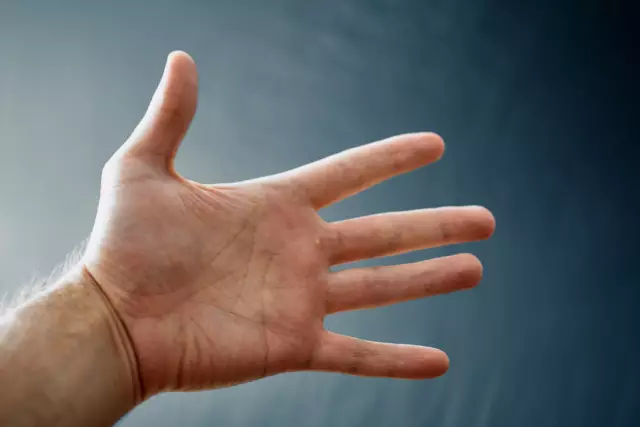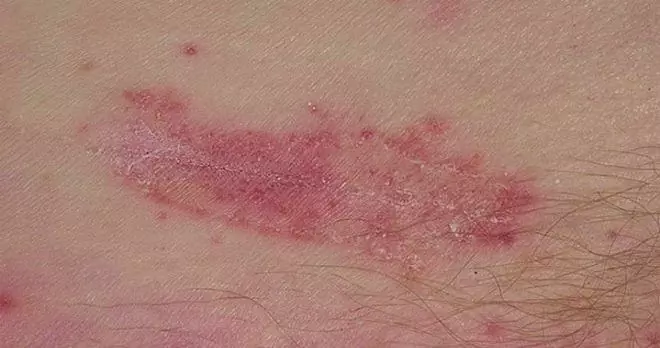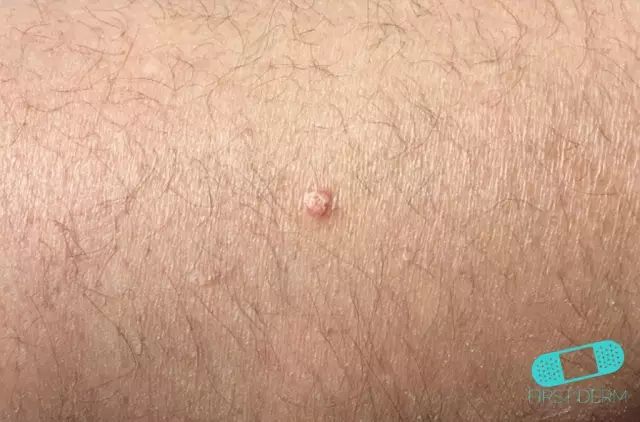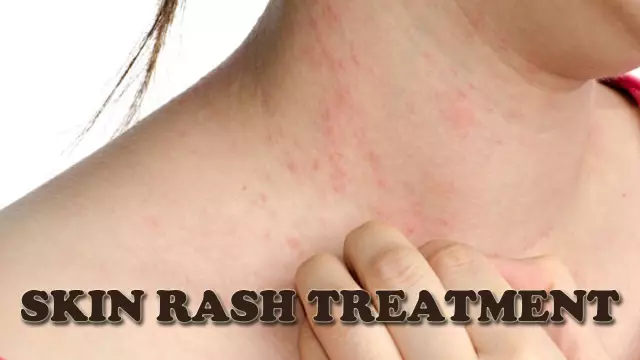- Author Rachel Wainwright [email protected].
- Public 2023-12-15 07:39.
- Last modified 2025-11-02 20:14.
Basalioma of the skin
Brief description of the disease

Basalioma of the skin or basal cell carcinoma is a neoplasm of the skin epithelium, characterized by a pink, scaly patch that occurs mainly on the face. Basalioma (or just a tumor) is a single reddish nodule that rises above the surface of the skin.
The risk group includes elderly people with fair skin, as well as people who regularly expose themselves to sun exposure. Sometimes summer residents are so keen on ennobling their site that they do not notice the scorching sun and neglect protective creams and wide-brimmed hats. But in vain! This is fraught with the appearance of cancerous tumors - basaliomas. Also, the likelihood of the appearance of neoplasms, including basal cell carcinoma, increases several times if you often come into contact with arsenic and petroleum products containing carcinogens in large quantities. Among children and adolescents, the likelihood of basal cell carcinoma is practically excluded.
Basalioma skin symptoms
The disease is superficial. The symptoms of skin basal cell carcinoma at first glance are invisible, so it is difficult for older people to recognize it at an early stage. At the beginning of its development, the basal cell carcinoma is small (no more than 1 cm in diameter) and looks like a small pimple on the face or neck. Then these are nodules, yellowish gray or dull white, painless, causing slight itching. Several such nodules fused together form a basal cell.
Over the years, nodules can slowly grow and develop without causing you any inconvenience. But the result is always the same - a basal cell carcinoma rising above the skin surface. It can be of several types:
Nodular. It is small in size, slightly itchy and bleeds
Superficial. Looks like a smooth pink shiny basalioma, easy to treat
Flat. A reddish plaque with hard, crisp, ridge-like edges. The surface of the basal cell carcinoma is scaly, rough. When the scales are separated, a small amount of blood may be released
You should know that basal cell carcinoma grows very slowly, but in especially advanced cases it can destroy nearby tissues, including cartilage and bones, which is fraught with severe pain. Most often, basal cell carcinoma is successfully treated with one of the following methods.
Basal cell carcinoma treatment
A severe degree of basal cell carcinoma is dangerous because it destroys the deep layers of the skin, and when it reaches the bones, it causes pain. Modern medicine offers many ways to treat basalioma. You just need to consult with your doctor in order to determine the most effective of all the methods by the stage and structure of the neoplasm.
There are six ways to treat tumors, including the treatment of basalioma:
- Beam. This type of treatment involves irradiation of the affected skin area with short-focus X-rays in combination with external gamma therapy and is used to treat only the initial stage of basal cell carcinoma.
- Laser. This method is rightfully considered one of the most progressive and effective. It is completely painless and well tolerated by the elderly.
- Surgical. Surgical removal of basal cell carcinomas is by far the most popular, and even among specialists it enjoys the greatest confidence. It is worth remembering that this type of treatment can be used only with small basal cell carcinomas or in areas where postoperative scars will not be conspicuous.
- Medicinal. Perhaps you will be prescribed cytostatic, i.e. antineoplastic drugs. Use them only after consulting your doctor and do not treat basalioma yourself!
- Cryogenic. The basal cell is exposed to liquid nitrogen, thus freezing it. This procedure is painless and quick, so just one procedure will be enough without anesthesia. Another advantage of this method is subtle scars.

There is no home treatment for basal cell carcinoma simply because it is a cancer and please take it seriously.
Prevention of skin basalioma
People "aged" should remember about the prevention of basal cell carcinoma, and that their body is more susceptible to frequent colds and other ailments, including skin basal cell carcinoma. Take as a rule a few simple tips that will help you maintain health for many, many years:
- In summer, try not to go outside during the hours of maximum solar activity (11: 00h - 16: 00h). Or, when going outside, apply a special cream that does not allow UV rays to pass through to open skin areas, with a protection factor of at least 20 units. Protect your face and neck especially carefully - basal cell carcinoma most often appears there.
- Monitor your diet by consuming as little animal protein as possible. Only vegetable proteins contained in seeds, nuts, and various beans will be useful. Eat more vegetables.
- Don't injure old scars. If they are in places where they are constantly exposed to friction and other influences, consult your doctor.
- Intensively treat ulcers and wounds that do not heal well. At first glance, harmless, they can provoke the appearance of skin basal cell carcinoma.
- Be careful when handling petroleum products.
And, finally, some statistics: on average, there are 26 men and 21 women with basal cell carcinoma per 100,000 inhabitants of Russia. Prevent the appearance of basal cell carcinoma so as not to be at risk.
YouTube video related to the article:
The information is generalized and provided for informational purposes only. At the first sign of illness, see your doctor. Self-medication is hazardous to health!






